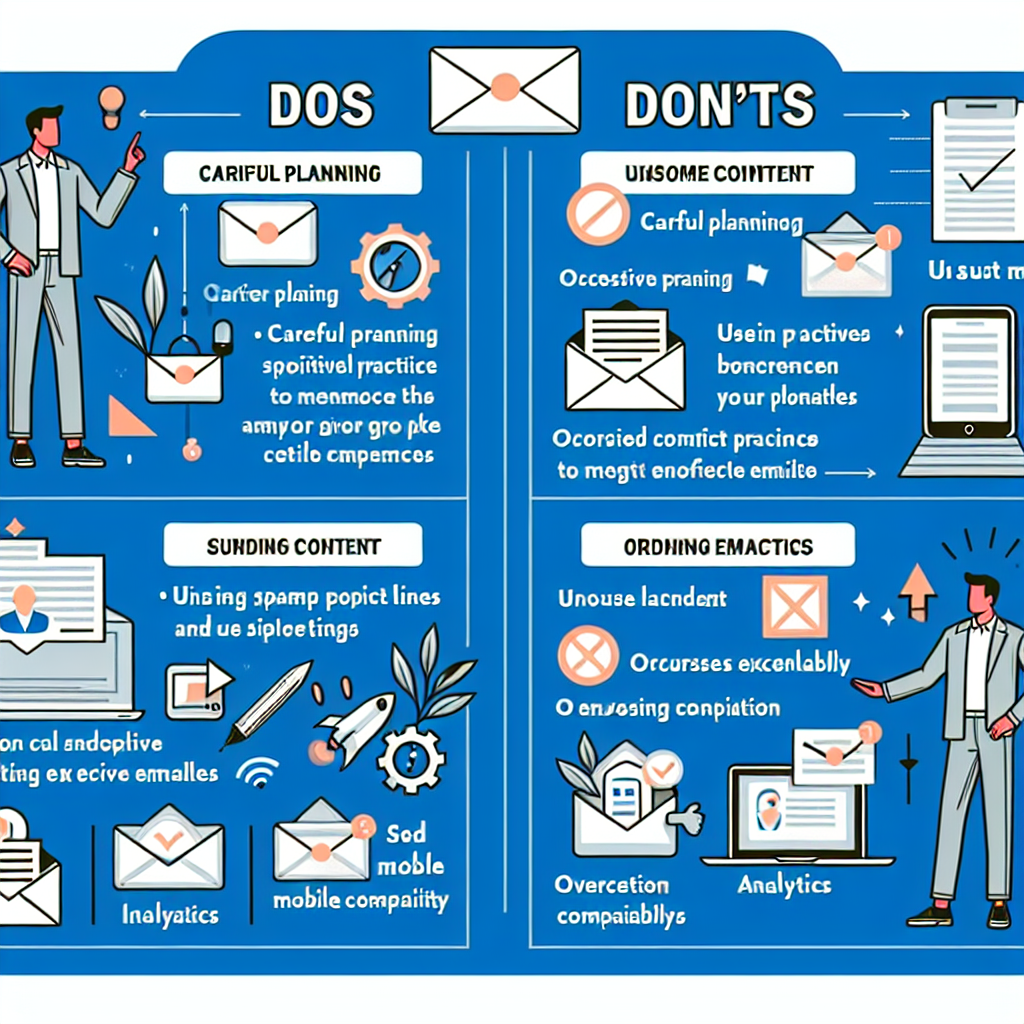Importance of Responsive Design in Mobile Email
Designing Emails for Mobile: Best Practices
In today’s digital age, it’s no secret that mobile devices have become an integral part of our lives. We use them for everything from checking social media to shopping online. With the increasing popularity of mobile devices, it’s crucial for businesses to adapt their marketing strategies to cater to this growing audience. One area that often gets overlooked is email design for mobile. In this article, we will explore the importance of responsive design in mobile email and provide some best practices to help you create emails that look great on any device.
First and foremost, let’s talk about why responsive design is so important for mobile email. When you send an email to your subscribers, you want it to be easily readable and visually appealing, regardless of the device they are using. If your email is not optimized for mobile, it can lead to a poor user experience, resulting in lower open rates and conversions. With more than half of all emails being opened on mobile devices, it’s crucial to ensure that your emails are designed with mobile in mind.
So, what exactly is responsive design? Responsive design is a design approach that allows your email to automatically adjust its layout and formatting based on the screen size of the device it is being viewed on. This means that your email will look just as good on a smartphone as it does on a desktop computer. By using responsive design techniques, you can ensure that your email is easy to read and navigate, regardless of the device being used.
Now that we understand the importance of responsive design, let’s dive into some best practices for designing emails for mobile. First and foremost, keep your email design simple and clean. Mobile screens are smaller than desktop screens, so it’s important to avoid clutter and unnecessary elements. Stick to a single column layout and use a clear and legible font size. Remember, less is more when it comes to mobile email design.
Next, make sure your call-to-action buttons are easily clickable on a mobile device. Use a large enough button size and provide enough spacing around the button to prevent accidental clicks. Additionally, consider using a contrasting color for your buttons to make them stand out and catch the reader’s attention.
Another best practice is to optimize your images for mobile. Large images can slow down the loading time of your email and may not display properly on smaller screens. Resize and compress your images to ensure they load quickly and look great on any device. Additionally, use alt text for your images to provide a description in case they don’t load properly.
Lastly, don’t forget to test your emails on different mobile devices and email clients. What may look great on an iPhone may not display correctly on an Android device. By testing your emails, you can identify any issues and make necessary adjustments to ensure a seamless user experience.
In conclusion, designing emails for mobile is essential in today’s mobile-centric world. By using responsive design techniques and following best practices, you can create emails that are visually appealing, easy to read, and optimized for any device. Remember to keep your design simple, make your call-to-action buttons clickable, optimize your images, and test your emails on different devices. By implementing these best practices, you can ensure that your emails are effective and engaging, leading to higher open rates and conversions.

